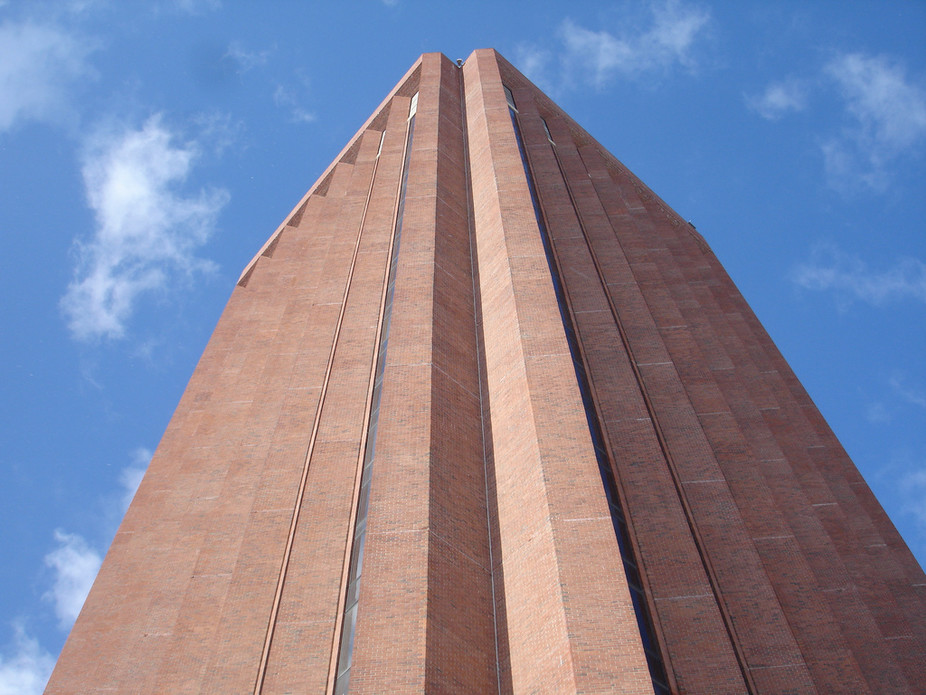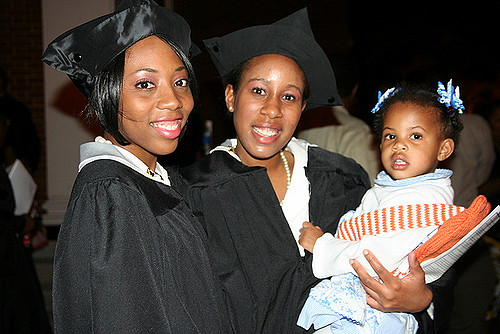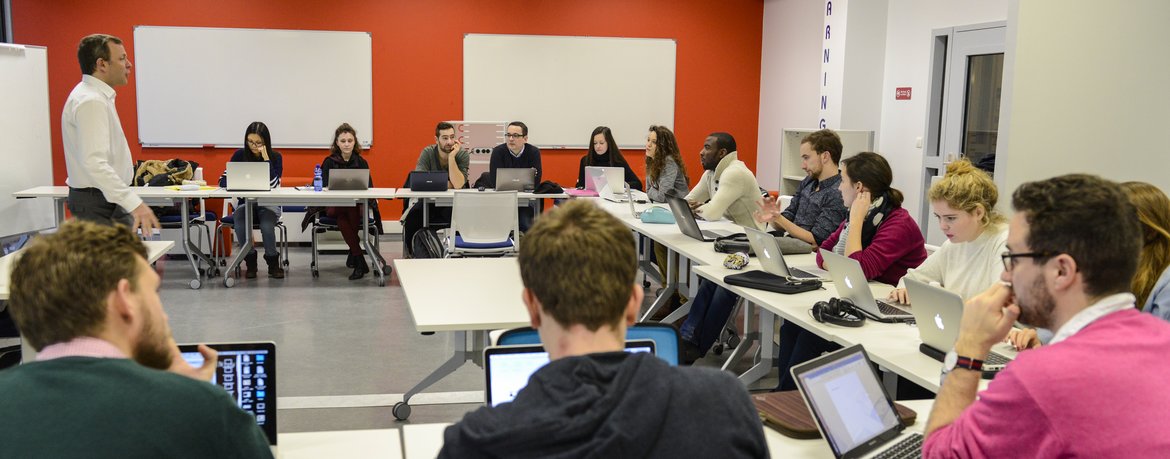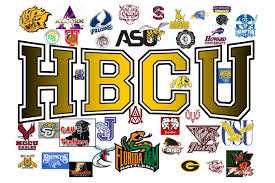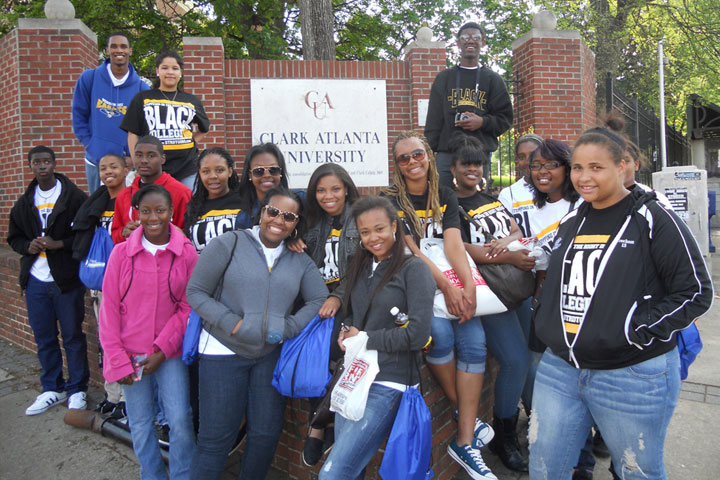Brendan Cantwell, Michigan State University A recent report by the Boston-based Pioneer Institute pointed out how out-of-state enrollments at the University of Massachusetts are limiting opportunities for in-state students. For the right-leaning Pioneer Institute, UMass is an example of the public sector run amok. But Pioneer is not alone. There are others who have voiced similar concerns. For example, a state audit came out with a scathing criticism of University of California for discriminating against local students. And recent federal data show 43 of the 50 state flagship schools enrolled fewer local students in 2014 than they did a decade …
3 Startling Facts about Ivy League Schools
Ivy League schools are prestigious, with many students vying for acceptance and few actually earning a spot as an attendee. However, their reputation does not reveal the whole picture about these schools. For example, are these schools really worth the hefty price tag? Here are three interesting facts that should get you thinking about Ivy League schools a little differently. 1. Ivies are among the wealthiest schools in the nation. The truth is that attracting the best and brightest to one’s campus is always easier when money flows as freely as spring water. According to a report by Moody’s Investor Service, Americans …
Continue reading “3 Startling Facts about Ivy League Schools”
HBCUs at Their Finest
Historically black colleges and universities in the United States were created when African Americans were blocked out of predominantly white institutions. Today’s climate is much different now that black students can attend the schools they were once not allowed to attend. This leaves HBCUs in a unique position. Does America still need HBCUs? As college enrollment numbers rise, with Black college students at their highest enrollment levels ever, the role of Historically Black Colleges and Universities, or HBCUs, have come into question. Before 1964, and even as recently as two decades ago, an increase in the number of Black young …
What Educators Need to Know About Higher Education Today
As an educator and advocate for better education in the United States, you need to know what’s going on in higher education today. Why? Because—and it’s not an exaggeration to say this—much of what happens on college campuses both reflects and affects the climate of the rest of the country. Read on to find out which big issues are on the mind of college students…and why you should care about these issues. How to make college worth the investment Prepare students for the real world. I’ve covered this extensively on my website: more and more, students do not feel like …
Continue reading “What Educators Need to Know About Higher Education Today”
Are HBCUs Under Attack? How Historically Black Colleges and Universities Can Stay Afloat in Today’s Landscape
If you haven’t been paying much attention to the debate concerning the relevance and effectiveness of historically black colleges and universities (HBCUs), now is the time to sit up and take notice. If you don’t, there is a chance it could soon be too late. Over the last two decades, we have seen the number of HBCUs in the United States sharply decline. This greatly concerns me. We need to take a moment to look at why people should pull together, rally around them, and help them make it through turbulent economic times. HBCUs have helped to educate some of …
The HBCU Advantage, Part I: A Lesson in Thriving While in Dire Financial Straits
Today, most Historically Black Colleges and Universities fight financial ruin as they struggle to find their new position in today’s integrated world. Getting the funds to not only survive, but blossom, is an exercise in creativity—and HBCUs are up to the challenge. Want to know how? This chapter covers some of their latest undertakings. Why HBCUs love donations (hint: it’s not the money) Stephen A. Smith, best known for his work on the ESPN show “First Take,” plans to give $250,000 to his alma mater, Winston-Salem University. According to Journalnow.com, Smith is dedicated to aiding the school he loves. Smith made …
Continue reading “The HBCU Advantage, Part I: A Lesson in Thriving While in Dire Financial Straits”
Diversity in Higher Education: How to Get American Colleges to Catch Up to the 21st Century
As we become more fully entrenched in the 21st century, the American workplace becomes more diverse. But American colleges and universities still have a way to come before they can fully serve the changing demographics of the American labor market. How do we increase diversity in higher education. Stick around and find out: Which schools reflect the diversity of our country and workforce What colleges and universities can do to attract talent from all backgrounds The shocking truth about diversity on the faculty level in most American colleges The world we live in now For many Americans, a shift is …
Diverse Conversations: The Globalization of Higher Education
Visit the website of your favorite college or university, find the search box and type in the words “international programs,” “study abroad,” or something to this effect. What you will find out is that odds are, your favorite institution has a department that serves as the international arm of the university, developing partnerships with countries and organizations around the world. They are part of one of the biggest trends to hit today’s modern university. The trend that I speak of is commonly referred to as the “globalization of higher education.” For this week’s installment of “Diverse Conversations,” I interviewed Dr. …
Continue reading “Diverse Conversations: The Globalization of Higher Education”
Reforming College Debt, Part I: The Problem
If the P-12 education system is all about preparing its students for success in adulthood, then college preparation is obviously a must. In the fall of 2012, 66 percent of high school graduates from that year were enrolled in college, and that number does not include students that waited longer to enroll or non-traditional adult students. It seems that P-12 classrooms are getting more students ready for the academic demands of a college education – but what about the financial commitment? Today I want to look at the inherent problems with the college payment and lending system, both private and …
Continue reading “Reforming College Debt, Part I: The Problem”
Could gay-straight alliances reduce school bullying?
Robert Marx, Vanderbilt University and Heather Hensman Kettrey, Vanderbilt University As students across the country zip up their backpacks and get on the bus for the first day of school, many will have more to focus on than memorizing their new schedules or making it to homeroom on time. For some, the chief concern will be avoiding the bullying and harassment that follow from class to class, through the hallways or into locker rooms. Although federal data indicate rates of bullying have decreased over the past decade, bullying remains a significant issue. One in five students still reports being bullied …
Continue reading “Could gay-straight alliances reduce school bullying?”

